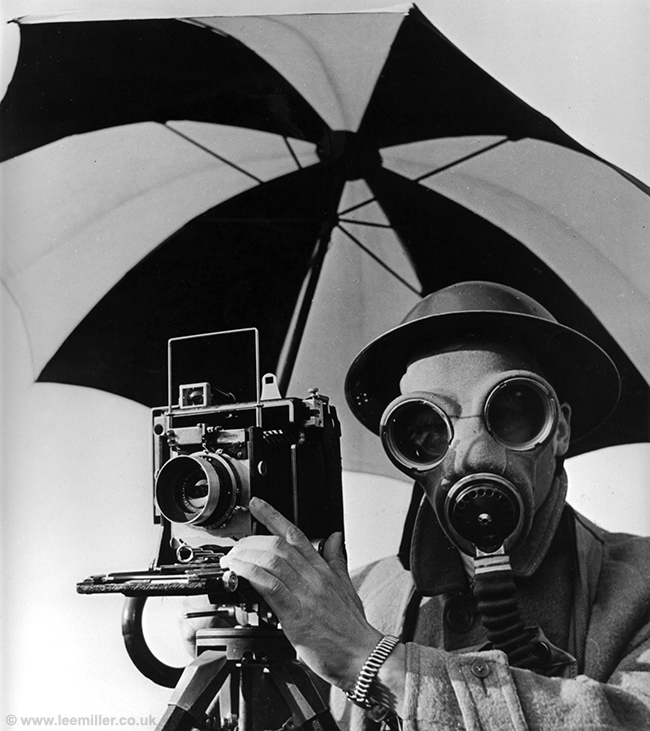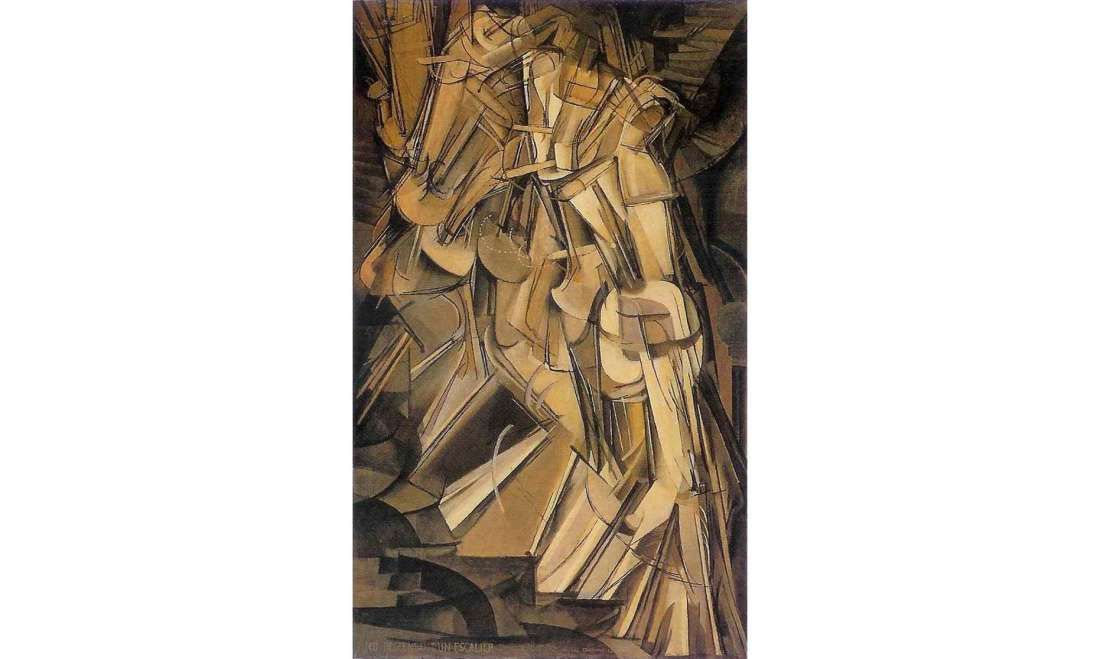Introduction
As part of Assignment 5, “Making it up”, I performed background research in a number of areas that informed the work. This entry summarises this research.
My image is an amalgam of ideas centred around my own artist’s journey, the novella Death in Venice by Thomas Mann, the film of the same name by Luchino Visconti , the Art Philosophy of Nietzsche, and Venice itself. An idea that I considered but did not pursue (but may do for future work) is interactivity with an audience. I will touch all these points and summarise the learning that I achieved.
Discussion
The background to the image and research is the fact that I had a trip to Venice planned, a city I had last visited more than 30 years ago, and saw this as an opportunity for Assignment 5. Moreover I had enjoyed both the book and the film Death in Venice and decided they might provide an artistic basis so I looked at them once more. This led to a brief sojourn in the world of Nietzsche’s art philosophy, which had strongly influenced Thomas Mann. Another point that emerged was the concept of interactivity in photography. As I had a first version of my image it occurred to me that there were points that might profit by being interactive e.g. seeing what was behind a particular artefact in the image. I looked into what work had been done in this direction.
As a final point I wanted to be influenced by contemporary photography and so took a book, Photography is Magic, edited by Charlotte Cotton, and used some of the images as sources of inspiration. My review of the book can be found here.
Book: Death in Venice – Thomas Mann

Details of the book (really a novella) and reviews can be found in (Crace, 2008, sparknotes.com, n.d. a) I will just refer to aspects that I found noteworthy and relevant for this piece of work.
Before studying I did not relise that the book was based on the art philosophy of Friedrich Nietzsche. What had appeared to me as simply a tragic infatuation of a older man for a young boy became something much deeper. I can start to see in the story the two art forms of Dionysian and Apollonian in many descriptions within the book combined with an underlying Greek tragedy feeling. The sparseness of the writing and the fact that every word counts seemed to be something that would be worth trying to emulate in a photograph. The basic idea of the assignment came from rereading the book.
Film: Death in Venice – Luchino Visconti
Again background and reviews of the film can be found in (Jeffries, 2010, IMDb, n.d.). Comparing the film to the novella, I found that the story had been greatly simplified, losing a lot of the subtlety of the written work, and simply focusing on the relationship between Aschenbach and Tadzio (the main characters). What the film loses in content, however, it gains in form. The cinematography is superb, capturing the essence of old Venice, particularly the Lido, strongly augmented by a screen score based on Mahler. I wanted to copy this feeling and specifically the use of icons e.g. the camera in my image. The final scene, the death of Aschenbach sitting in a chair, dye dribbling down his face, I found particularly full of pathos and I wanted to pay homage to that in my image.

Art Philosophy of Nietzsche
I have never really studied Friedrich Nietzsche and even now my knowledge would best be described as fairly superficial. Based on reviews of the book Death in Venice (sparknotes.com, n.d.) I became aware that in Nietzsche’s early work Birth of Tragedy (Meyer, 2014, sparknotes.com, n.d. b) he introduces the concept of the Dionysian and Apollonian forms of art and the need for them to be balanced if art is to be truly successful. He defines Dionysian as disordered and undifferentiated, and Apollonian as ordered and differentiated by forms. Aspects of Apollonian forms include beauty, perfection, obsession, narcissism, voyeurism, idols, fascism, frigidity, constraint, oppression, the defined, the personalised, an aggression of the eye linked to greed and desire, while Dionysian implies ecstasy, eroticism, hysteria, energy, anarchy, promiscuity, death, emotion, bodily substances and the universal (Bunyan, 2012).
I could see that my photography, and indeed my personality, are very heavily weighted towards the Apollonian; I like the idea of developing a more Dionysian approach. My journey seem to me to make the backbone of the image. I am aware that this whole premise is probably a simplistic and dated philosophy of art but in my development it provides a structure that I can associate with.
Venice
When I went to Venice it was for a short (three day) trip after a more than thirty year hiatus. I was prepared to be disappointed (I expected too many tourists, tackiness, pushy sellers of goods) but I found it enchanting and constantly full of interest. Admittedly I was there in November, and mostly staying away from the main sights, but even the tourist numbers seemed relatively low. (Perhaps there is something for me to explore at a later date – my strong aversion to tourists although I am a tourist myself.) Having decided on the skeleton of my project, I was on a constant lookout for locations or elements that would either fit into the concept of Dionysian and Apollonian forms of art, or echoed Death in Venice. I found several good locations ranging from inside the Doges’ Palace to a small park in the northern sestiere of Cannaregio; additional elements included paintings I saw in a small local restaurant. The colours associated with Venice, and also those associated with the gods Apollo and Dionysus, were ones I enhanced in my image.
Interactivity in photography
As I was developing the image in Photoshop it occurred to me that some of the elements that I were introducing, e.g. paintings, prow of a gondola etc., might benefit from being interactive. An electronic version could be programmed in such a way that touching the element would either transform it or text would appear, providing the viewer with a richer experience. I was sure that this could not be an original idea, so I enquired at a recent OCA hangout (here) whether there were artists or work that used interactivity and how technically this might work. I was pointed in the direction of Adobe Animate as a tool for creating interactive content. Examples can be found in the following references (Vimeo, 2016, CyArk, 2013).
After initial hesitation to pursue this aspect because of time constraints I was prompted by my tutor to look more into this.
Adobe Animate
I spent quite a long time teaching myself how to use Animate. I used primarily the Animate help videos and other online resources. The main difficulty for me was to understand and use the concepts of frames (the time dimension). This involved producing a number of prototypes and attempts before i could produce the effects that I wanted.
Interactive works
Through discussions with fellow Swiss based students I was made aware of a visit to the MuDA – Museum of Digital Art, Zurich where there were a set of exhibitions that offer viewer interactions. This visit has been written up by Stefan and some material showing the visit are stored on the European Regional group drive.
As is often the case I like to first create material and then look to see how others have worked rather than taking influence from others before creation. I find great enjoyment in finding solutions myself rather than look at potential solutions first. Clearly there are arguments for either approach. Looking at the interactive works, the work Neon Bible from Arcade Fire stood out as something that had similarities with my work:
- use of music, albeit the fact that here music plays the central role, while in my work it is just background
- The interactivity with individual elements of the composition, where by placing the cursor over an element causes changes in the composition.
Having looked at this work I could imagine how if I had seen it first I may have created something different, for example less static and more like a film or game. But once the basis of a work has been created it is very difficult to significantly change the degree of interactivity.
What did I learn
Through this research the following are the major points of learning for me:
- The theory of Dionysian and Apollonian forms of art speak to me at the moment. I could well believe that in our Post, post-modernism age it might be regarded as too simple and out-dated, but it is currently serving me well.
- Use of interactivity is a dimension to my photography that I want to explore
Looking at other art forms is inspirational for producing photography
- Animation can add an extra dimension to a photography and provides a means by which the viewer can more closely into the work.
- A key decision point is where on a spectrum between a static image and a fully interactive game-like work a particular composition should lie.
References
Bunyan, M. (2012). Apollonian and Dionysian ideals | Art Blart. [online] Artblart.com. Available at: https://artblart.com/tag/apollonian-and-dionysian-ideals/ [Accessed 3 Dec. 2018].
Crace, J. (2008). Digested classics: Death in Venice by Thomas Mann. [online] the Guardian. Available at: https://www.theguardian.com/books/2008/aug/30/5 [Accessed 3 Dec. 2018].
CyArk (2013) Session 3: Sarah Kenderdine iGLAM at City University of Hong Kong, [online video], Available from: https://youtu.be/MWamGEEWaqc [accessed 3 Dec. 2018]
IMDb. (n.d.). Death in Venice (1971). [online] Available at: https://www.imdb.com/title/tt0067445/?ref_=tt_urv [Accessed 3 Dec. 2018].
Jeffries, S. (2010). Death in Venice: No 14 best arthouse film of all time. [online] the Guardian. Available at: https://www.theguardian.com/film/2010/oct/20/death-venice-arthouse [Accessed 3 Dec. 2018
Meyer, M. (2014). Nietzsche and The Birth of Tragedy // Notre Dame Philosophical Reviews // University of Notre Dame. [online] Notre Dame Philosophical Reviews. Available at: https://ndpr.nd.edu/news/nietzsche-and-the-birth-of-tragedy/ [Accessed 3 Dec. 2018].
Sparknotes.com. (n.d. a). SparkNotes: Death in Venice. [online] Available at: https://www.sparknotes.com/lit/venice/ [Accessed 3 Dec. 2018].
Sparknotes.com. (n.d. b). SparkNotes: The Birth of Tragedy. [online] Available at: https://www.sparknotes.com/philosophy/birthoftragedy/ [Accessed 3 Dec. 2018].
Vimeo. (2016). Wendy Plas | What the world knows about you – conductive paint, arduino & Max Msp Jitter – Josien Niebuur. [online] Available at: http://bkv.academieminerva.nl/media/16063 [Accessed 3 Dec. 2018].















